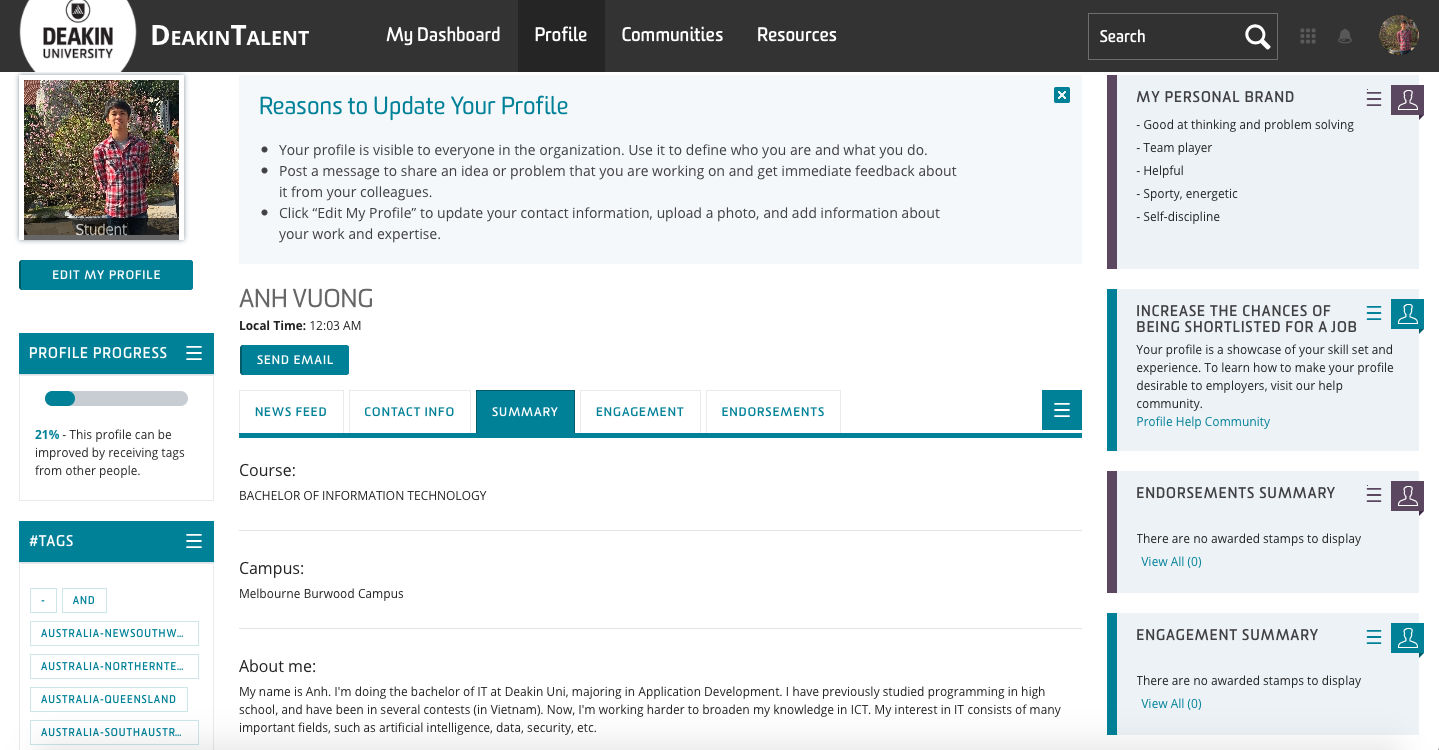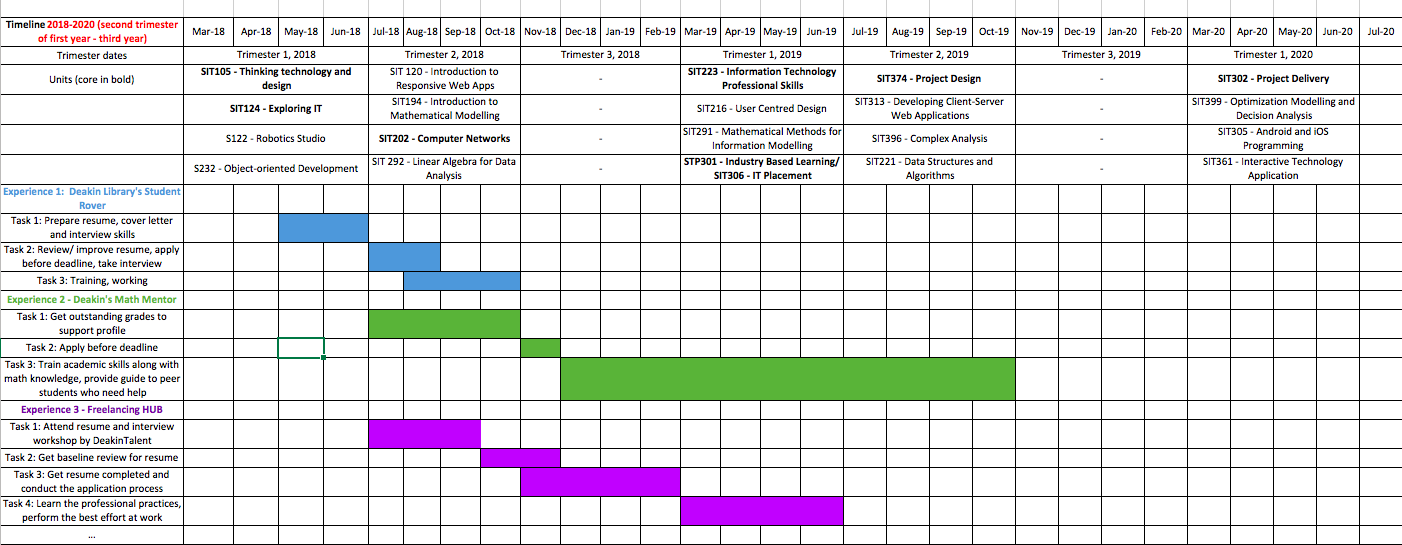Introduction
Bitcoin is a new currency created in 2009, and since, it has been peaking its value to the recorded maximum of nearly 20000$ US in 2017.

However, the monetary aspect is only one of the possible application of the bitcoin; a bitcoin can be encrypted to represent anything, such as money, share of company, energy or certificate of property.
In fact, such feature of bitcoin is created with its underlying technology – Blockchain.
Blockchain is a digital ledger which records bitcoin transactions. It is maintained by a network of computers that run Bitcoin software and communicate via the Internet. This network is also not in control of any party or is build up by any organisation, but instead, it is available to the public and can autonomously operate by itself. In reality, blockchain could leverage the degree of security, convenience, and user experience for any participant of the network. With the bookkeeping capability of blockchain, everyone around the world could trade with each other without any interference from trusted third parties such as governments or banks. This way, the technology would change the traditional convention of trade, which is one the fundamental component of our economy. In near future, the application of blockchain would expand swiftly and provide promising innovation for different pivotal areas, namely healthcare and life science.
History of blockchain
Back in the 1990s, Haber and Stornetta had first proposed on the work of a cryptographically secured chain of blocks as a method to certify digital document (Haber and Stornetta, 1990). This research had partly constructed the idea of a blockchain and some of its fundamental characteristics, such as being transparent, independent, and time-stamped.
However, it was not until 2008 that blockchain made its public debut. An unknown person (or group of people) under the name of Satoshi Nakamoto released the whitepaper which demonstrated a “purely peer-to-peer version of electronic cash” known as Bitcoin (Nakamoto, 2008). In fact, blockchain has only been differentiated from Bitcoin since around 2014 (Forbes.com, 2018). The realisation is that ‘the underlying technology that operates bitcoin could be separated from the currency and used for all kinds of other interorganisational cooperation’(Harvard Business Review, 2018). Research of blockchain’s impact on different areas has since received vast investment from many entrepreneurs, whilst it was also predicted that nearly 15% of financial institutions would be applying blockchain by 2017 (Fortune, 2016).
In 2015, the second public blockchain called Ethereum is published by Vitalik Buterin, one of the initial contributors to Bitcoin community. It innovates the original Bitcoin codebase by allowing loans or contracts to be represented, not just currency, and implementing “smart contracts” functionality. The developers of Ethereum have also come up with changing the “proof-of-work” of blockchain to the “proof-of-stake” concept, which in other words, changing the method of transaction validation and consensus achievement.
Today, blockchain technology is applied on various fields, such as healthcare, logistics or military, rather than just for bitcoin. Due to the focus of science and company on blockchain’s research, the technology would grow rapidly in terms of scale and usability within the near future.
A deeper knowledge of blockchain
Blockchain is a chain of blocks linked together (thus creating the name “block-chain”). The blocks are shared and validated by a network of nodes, which one node represents a computer connected to the network. Every node within this network would keep the blockchain operating since each of the nodes would have a complete copy of the blockchain and the consensus between these nodes would determine the validity of each block (Caetano, 2015).
To understand the technical facts of blockchain, we must first understand the characteristics of its components, which are the building blocks, as well as the mechanics of how these blocks connect and functions to make up the whole system.
A block is an aggregated set of data, which are collected and processed through the procedure known as “mining”. Besides storing data (such as transactions or health records), a block also contains a hash value, which is initiated in the first place to represent the verification of the block, and a hash value of the previous block. The hashes of all the blocks together form a connected sequence that contributes to the integrity of the blockchain, i.e. linking the blocks from the first one (often known as the genesis block) to the latest one. Overall, all the data within this chain would be connected with the same mechanics as a linked list structure.

Another pivotal feature of the blockchain is how consensus by nodes on the network is achieved. Initially, blockchain operates with the proof-of-work concept, where an extremely difficult mathematical problem must be solved in order to create a block or alternate data of a block. This action is called “mining” and is used in the Bitcoin system, it rewards the miner who is most likely to first succeed in solving the problem (Medium, 2017). There is also another concept named proof-of-stake, with the same purpose as proof-of-work, but use different process : the successful miner “is chosen in a deterministic way, depending on its wealth, also defined as a stake” and is also rewarded differently (bakjad@bakjad, 2017).
It is clear that cryptocurrency mining is the process which maintain and develop a system of blockchain. As indicated, mining requires problem solving capability, particularly the calculation power of computer. At first, Bitcoin’s creator Satoshi intended for Bitcoin to be mined on CPUs (laptop or desktop computer). However, graphic cards are then discovered as the more powerful hardware for this process, and later they were surpassed by ASICs (Application Specific Integrated Circuits) (Buybitcoinworldwide.com, 2018). Electricity is also an impactful factor since powerful equipment would cost a lot of energy, for example, China’s cheap electricity allows its miners to dominate the mining market. Thus, the race of organisations in employing blockchain technology could be hugely inspired by their facilities of supportive hardware and software (CoinDesk, 2017).
Blockchain is disrupting the development of our society
According to Mattila (2016), one of the most crucial disruptions which the blockchain technology is bringing in is that ‘it completely redefines how trust is perceived in a digital environment’. Blockchain’s integrity of data is distributed to every member of the network, thus the trustworthiness of any alternation to the data (such as transactions) would be protected and maintained with the authority of the whole network, and not require the user to trust any counterparties (Mattila 2016, p. 20). Therefore, blockchain would further replace the third-party role of intermediaries, those who would facilitate trust between the trade of parties, i.e. banks, notaries, accountants, and governments. This could help traders, majorly the customers, to explicitly propose their demands for the suppliers and not having to pay any fees for the intermediation service, whilst it is also beginning to shake the business of intermediation platforms, rendering them to vanish or to start adopting the usability of blockchain and identical technology.
In addition to the promising impact of blockchain on the supply chain, this technology would also establish the characteristic of automation for our economy. By utilising the concept of self-executing smart contracts, we could employ more on the interaction between machine-to-human and machine-to-machine to come up with new effective business models. An interesting example proposed in Mattila’s (2016) work is as follow:
Autonomous distributed markets could help to allocate production resources much more efficiently between individual products and components on an automated, constantly adjusting ad hoc basis. Individual components could autonomously accumulate wealth in order to cover their own maintenance and recycling costs.
This is just one small idea in the many disruptive potentials of the blockchain. Healthcare, logistics, data science, and more different areas would be disrupted by this technology, for the many advantages that it could provide to create a more democratised space of social and economic activity. Still, it would depend on human’s creativity and responsibility to make the best use of the blockchain.
References
bakjad@bakjad (2017). Proof of Work vs Proof of Stake: Basic Mining Guide. [online] Blockgeeks. Available at: https://blockgeeks.com/guides/proof-of-work-vs-proof-of-stake/ [Accessed 26 Apr. 2018].
Buybitcoinworldwide.com. (2018). 5 Best Bitcoin Mining Hardware ASICs 2018 (Comparison). [online] Available at: https://www.buybitcoinworldwide.com/mining/hardware/ [Accessed 26 Apr. 2018].
Caetano, R. (2015). Learning Bitcoin. Packt Publishing.
CoinDesk. (2017). Silicon Blockchain: Intel’s Distributed Ledger Strategy Is All About Hardware – CoinDesk. [online] Available at: https://www.coindesk.com/silicon-blockchain-intels-distributed-ledger-strategy-hardware/ [Accessed 26 Apr. 2018].
Forbes.com. (2018). A Very Brief History Of Blockchain Technology Everyone Should Read. [online] Available at: https://www.forbes.com/sites/bernardmarr/2018/02/16/a-very-brief-history-of-blockchain-technology-everyone-should-read/ [Accessed 26 Apr. 2018].
Forbes.com. (2018). How Blockchain Is Impacting Healthcare And Life Sciences Today. [online] Available at: https://www.forbes.com/sites/ciocentral/2018/04/02/how-blockchain-is-impacting-healthcare-and-life-sciences-today/#1791c88e738f [Accessed 26 Apr. 2018].
Fortune. (2016). Blockchain Could Start Making Some Real Waves the Banking Industry Next Year. [online] Available at: http://fortune.com/2016/09/28/blockchain-banks-2017/ [Accessed 26 Apr. 2018].
Godbole, O., Zhao, W., De, N., De, N., Godbole, O. and Godbole, O. (2018). Bitcoin Price Index – Real-time Bitcoin Price Charts. [online] CoinDesk. Available at: https://www.coindesk.com/price/ [Accessed 26 Apr. 2018].
Haber, S. and Stornetta, W. (1990). How to Time-Stamp a Digital Document. Advances in Cryptology-CRYPT0’ 90, pp.437-455.
Harvard Business Review. (2017). A Brief History of Blockchain. [online] Available at: https://hbr.org/2017/02/a-brief-history-of-blockchain [Accessed 26 Apr. 2018].
Mattila, J. (2016). The Blockchain Phenomenon – The Disruptive Potential of Distributed Consensus Architectures. [online] p.20. Available at: https://www.etla.fi/wp-content/uploads/ETLA-Working-Papers-38.pdf [Accessed 27 Apr. 2018].
Medium. (2017). Understanding Blockchain Fundamentals, Part 2: Proof of Work & Proof of Stake. [online] Available at: https://medium.com/loom-network/understanding-blockchain-fundamentals-part-2-proof-of-work-proof-of-stake-b6ae907c7edb [Accessed 26 Apr. 2018].
Nakamoto, S. (2008). Bitcoin: A peer-to-peer electronic cash system.
YouTube. (2018). The real value of bitcoin and crypto currency technology – The Blockchain explained. [online] Available at: https://www.youtube.com/watch?v=YIVAluSL9SU [Accessed 26 Apr. 2018].


